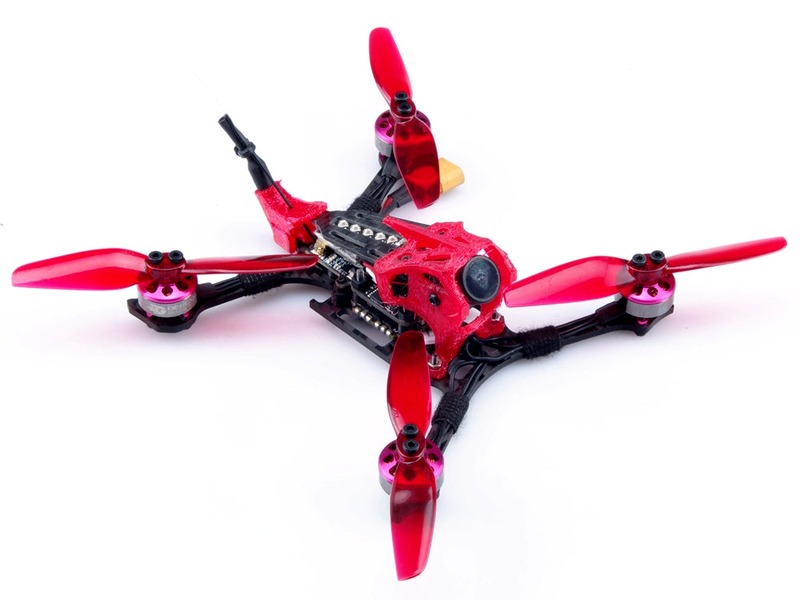Can you hijack a drone?

Hijacking a drone is a real possibility, although it is not as easy as it may sound. It is possible to hijack a drone, but it requires a certain level of technical expertise and knowledge of the drone’s systems.
The first step in hijacking a drone is to gain access to its communication system. This can be done by using a radio frequency jammer, which blocks the drone’s signal and prevents it from communicating with its controller. Once the drone is jammed, the hijacker can then access the drone’s systems and take control.
Once the hijacker has control of the drone, they can then manipulate it in a variety of ways. They can change its flight path, alter its speed, and even take control of the camera. This allows the hijacker to use the drone for their own purposes, such as surveillance or delivering packages.
It is important to note that hijacking a drone is illegal in most countries and can result in serious consequences. Therefore, it is important to understand the legal implications of hijacking a drone before attempting it.
In addition to the legal implications, hijacking a drone is also a difficult task. It requires a certain level of technical expertise and knowledge of the drone’s systems. Therefore, it is important to understand the risks and consequences before attempting to hijack a drone.
In conclusion, hijacking a drone is possible, but it is a difficult task and carries with it serious legal and technical implications. Therefore, it is important to understand the risks and consequences before attempting to hijack a drone.
Comments / Question
2. Make sure your software and firmware are up to date.
3. Securely connect to a secure Wi-Fi network or use a cellular data connection when flying.
4. Monitor your drone’s health and status regularly.
5. Utilize a drone tracking device or app, such as Airdog.
6. Avoid unknown open Wi-Fi networks and stay away from suspicious networks.
7. Enable password protection on your drone’s connection.
8. Install anti-hijack security features, such as DJI’s Geofencing feature.
2. Radio Jamming: Radio jamming is a technique used to hijack a drone by blocking the radio signals used to control the drone.
3. Brute Force Attack: A brute force attack is a technique used to hijack a drone by sending repeated attempts to gain access to the drone's systems.
4. Network Exploitation: Network exploitation is a technique used to hijack a drone by exploiting vulnerabilities in the drone's network.
5. Social Engineering: Social engineering is a technique used to hijack a drone by manipulating its operator.
2. Implement GPS spoofing protection: GPS spoofing protection systems can be used to protect drones from being hijacked. These systems detect any attempts to spoof GPS signals and block them, thus preventing the drone from being hijacked.
3. Use encryption technology: Encryption technology can be used to protect drones from being hijacked. This technology uses algorithms to encrypt the drone’s data, making it difficult for malicious actors to hijack the drone.
4. Implement secure communication protocols: Secure communication protocols can be used to protect drones from being hijacked. These protocols ensure that only authorized users are able to control the drone.
5. Use geo-fencing: Geo-fencing is a technology that can be used to protect drones from being hijacked. This technology creates a virtual boundary around the drone, and any attempts to fly the drone outside of this boundary are blocked.

